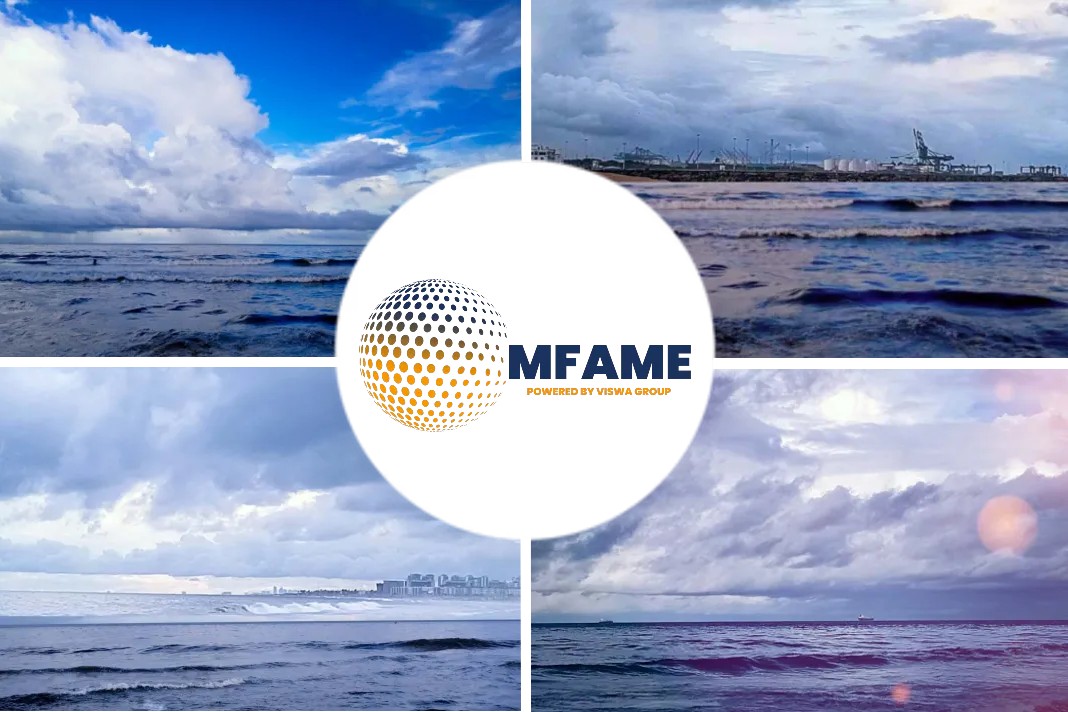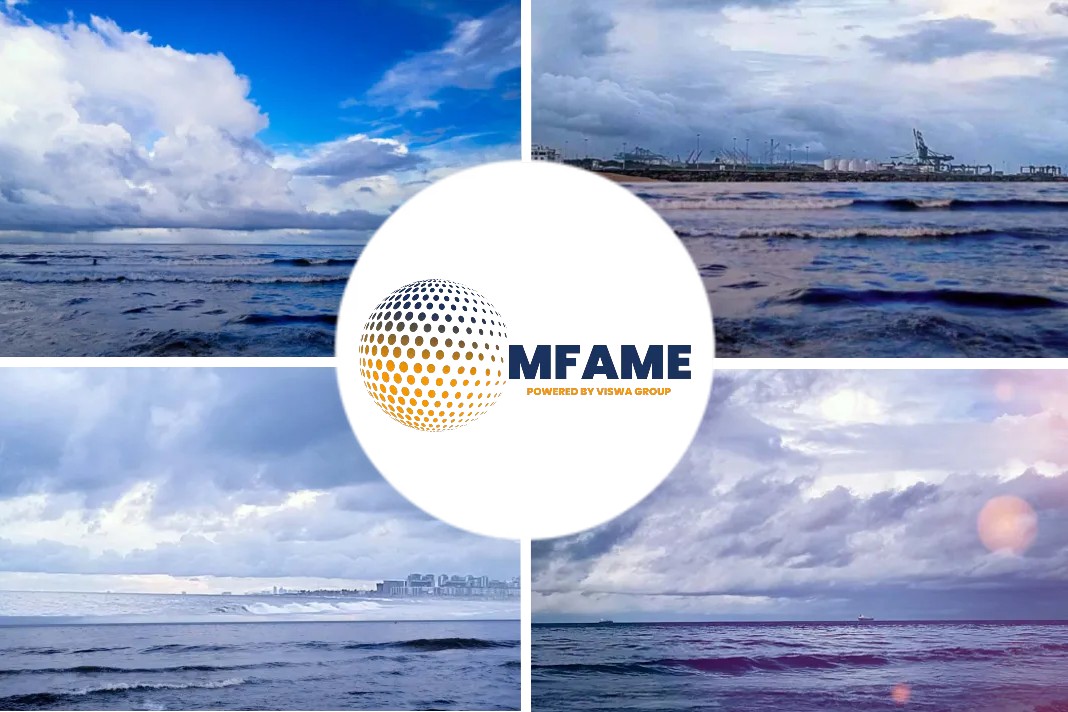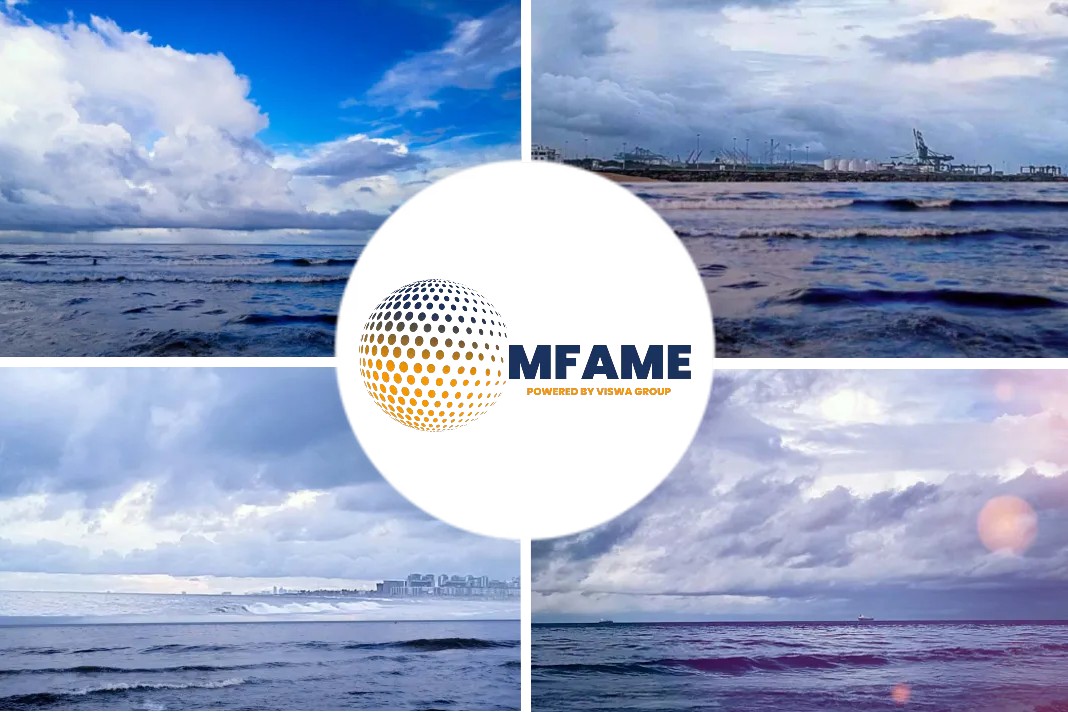Brussels has laid out the path to the EU becoming the world’s first economic bloc to hit net zero greenhouse gas emissions by 2050 in an attempt to limit global warming, reports California News Times.
Ending the reliance on fossil fuels
The EU’s approach to the mammoth task of ending the economic reliance on fossil fuels involves three big policy levers: tougher regulation and emissions standards for industry; carbon pricing and taxes on polluters; and rules to promote investment in low-emissions technology.
Brussels hopes the blitz of measures will ensure the 27-country bloc can reduce average emissions by 55 per cent by 2030, falling to net zero by 2050.
The EU has so far cut emissions by 24 per cent from 1990 levels, but will now take aim at some of the bigger sources, including power plants, factories, cars, planes, shipping and heating systems.
Here’s a breakdown of the new policies.
Carbon pricing
The centrepiece of the EU’s bid to sharply reduce emissions across the economy is a revamp of the bloc’s carbon market, known as the Emissions Trading System.
Set up in 2005, the ETS requires large industrial polluters such as steelmakers and power generators to buy carbon credits to cover the cost of their emissions. These credits are traded on financial markets and have helped drive the cost of polluting to a recent high of more than €55 per tonne of carbon.
The European Commission now proposes to extend the scheme to cover the shipping industry for the first time.
At the same time it will phase out the free credits that many sectors have long benefited from, including airlines that must pay for emissions on flights inside the EU.
The phaseout ends in 2036, with the ETS designed to reduce emissions in the system by 61 per cent over the next decade.
Among the most contentious proposals is a plan to extend the system to transport and buildings — a reform that some EU governments argue will drive up the heating and petrol bills of consumers who cannot readily afford to switch to greener alternatives. Brussels aims to cushion the blow with a pot of €72bn to alleviate energy poverty.
Carbon border
The EU is planning on becoming the first big economic power to impose a levy on imports based on their carbon footprint.
The so-called carbon border adjustment mechanism is part of an attempt to prevent “carbon leakage”, where companies can move their operations to other jurisdictions to avoid being subject to green regulations.
European industry has demanded the CBAM as a way to ensure foreign competitors face the same costs. But attempts to impose border levies have been beset by legal difficulties, including abiding by World Trade Organization agreements.
The tool will be initially limited to products such as steel, cement, aluminium and fertilisers, with Russian and Turkish exporters expected to be hit hardest.
Under the system companies will have to buy carbon credits that mirror the prices paid by European industry. The commission has said it will only apply the levy on foreign businesses that do not abide by equivalent carbon pricing as their European rivals.
Rich vs poor
Business sectors not covered by the EU’s carbon market include agriculture, waste and some parts of industry, and account for almost 60 per cent of total domestic EU emissions. These will now be subject to binding emissions goals, set out in what it calls the Effort Sharing Regulation.
The legislation sets national targets for the 27 member states that translate emissions goals to their domestic economy in these sectors.
National targets have been revised after the EU agreed to accelerate carbon emission reduction from a target of 40 per cent to 55 per cent by 2030.
Brussels has also tweaked the criteria that determine member states’ targets, which are based on their relative wealth. Poorer countries have had to do proportionally less than richer ones in the past, but western economies have called for a more equal distribution among the bloc. Poland, Lithuania, and Latvia will be among the countries with the greatest challenge.
Green taxes
The commission wants to tax kerosene jet fuel used by airlines © Reuters
Brussels aims to increase carbon taxes on dirty fuel by updating a 15-year-old rule book, known as the Energy Taxation Directive.
The commission wants to tax kerosene jet fuel used by airlines and polluting fuels in the shipping industry for the first time and close loopholes that have allowed EU governments to exempt fossil fuels.
Updating the directive will be the toughest political task set by the commission as taxation policy requires unanimous backing from all EU countries. Smaller states such as Greece, Cyprus and Malta are likely to resist taxing shipping, arguing they have been hit already by the pandemic and have fewer green alternative fuels to switch to.
Clean cars
Brussels wants to include carmakers in the ETS and set tougher emissions standards for new vehicles that are driven out of showrooms across Europe in order to cut 90 per cent of emissions from transport.
It proposes more stringent carbon emission standards for new passenger vehicles, setting a de facto date to ban the sale of new diesel and petrol in Europe from 2035. Automakers that cannot meet the standards, set every five years, will face fines.
EU clean car standards were first introduced in 2018 and the quick take-up of electric vehicles has emboldened Brussels to push for wider change. The end date for the combustion engine will be contested in the European Parliament, where there is a push for a date closer to 2030 at the same time as governments such as France want to give carmakers until 2040.
Green fuel
Brussels wants to assist industry to decarbonise by creating rules to promote the development of green fuels and accelerate the rollout of critical electric charging points.
It is aiming to ensure greater public access to charging points for cars by ensuring they are available within every 60km, and will require more hydrogen refuelling stations for vans and trucks.
Brussels also wants to encourage the development of sustainable fuels for planes and ships. The commission has proposed a blending target of 5 per cent for sustainable aviation fuels by 2030 — a relatively modest goal that reflects the difficulty in using green fuels to power long-haul flights.
Shippers will also have to begin reporting to the commission what type of vessels and fuels they use.
Renewable energy
The commission wants to raise the bloc’s renewable energy target to 40 per cent of the total energy mix by 2030, compared with a current target of 32 per cent.
Nearly two-thirds of the EU’s current renewable energy derives from biomass, which includes pellets made from organic waste being burnt for energy. The commission has been under pressure from environmental groups to remove woody biomass from its renewable energy definitions, arguing that use of trees for power is detrimental to the planet.
The commission will introduce stricter sustainability rules for biomass, curb the circumstances in which subsidies can be given to the industry, and exclude biomass from primary forests from counting towards green targets.
Carbon sinks
Brussels is targeting natural carbon sinks, where soil and forests can absorb carbon dioxide from the atmosphere, to help meet its 2030 goals.
It proposes to expand the EU’s sequestration of carbon to 310m tonnes from a current target of 265m tonnes under its land use and forestry regulation.
But “offsetting” emissions by using the carbon sink is contested by scientists who argue it is difficult to accurately measure carbon removals and that the size of the EU’s sink is inherently unstable.
Did you subscribe to our daily newsletter?
It’s Free! Click here to Subscribe!
Source: California News Times


















